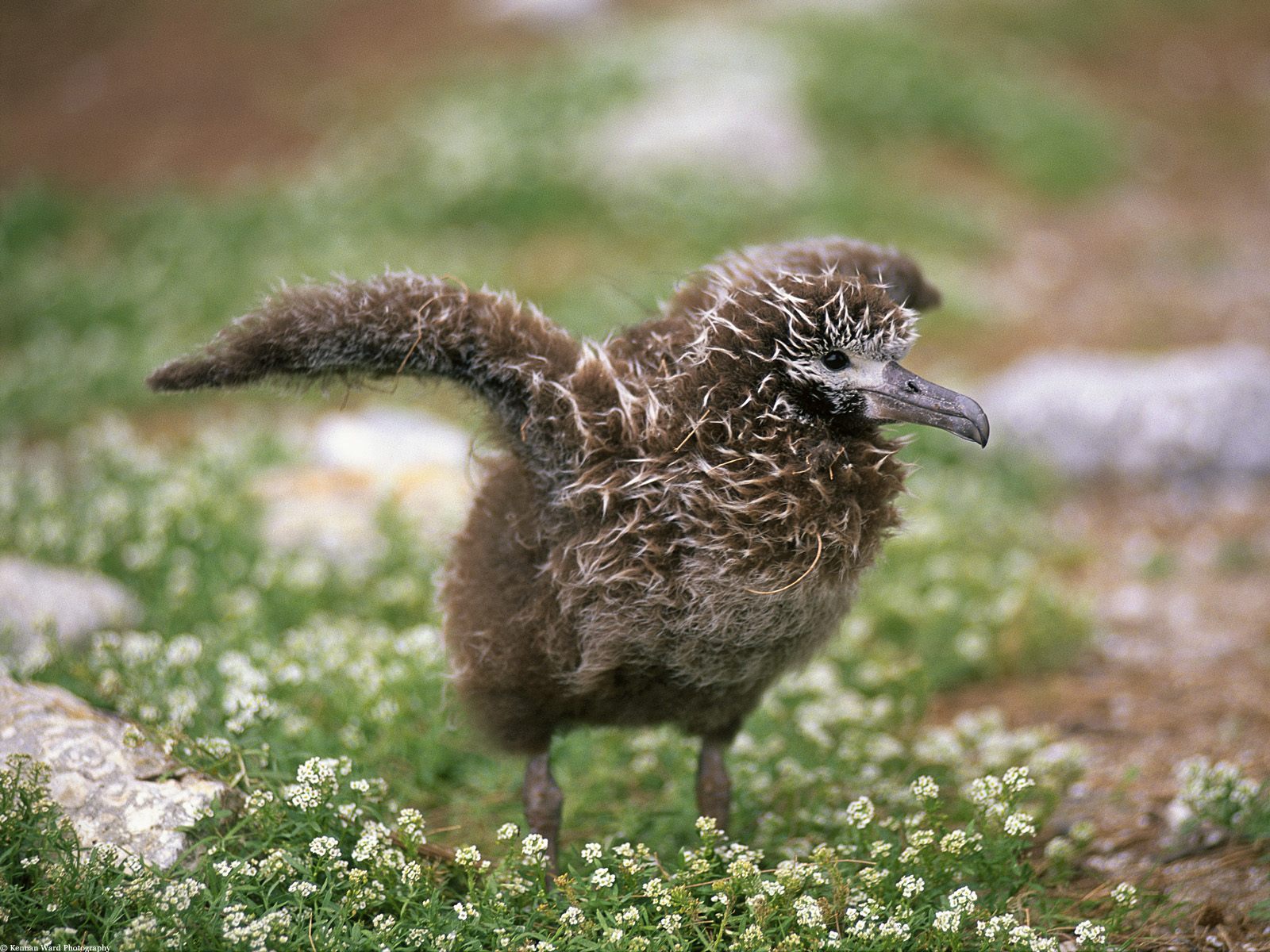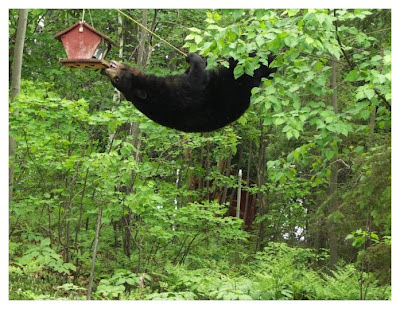 |
| Missy |
Point, Counterpoint
Karma, kismet, destiny, they say there’s no escaping it. I believe that’s true. My name is Missy Cat and here is my story.
My brother and I were born in a shelter in Ft. Bragg, California. Our mother, the slut, abandoned us at a tender age to start a new life of her own, leaving us to fend for ourselves. Some experts believe that birth order is everything, and I’m the older sister. Which turned out to be a good thing for my brother because I’m the responsible, affectionate and patient one. And lord knows, he required patience.
But I was also a kitten in my own right, all girly- girl feminine with long fur, pale blue eyes, and the loudest purr you’d ever want to hear. And smart. I’m very smart. Always have been. Especially in comparison to (nod of the head) you-know-who.
 |
| Buster |
I guess she’s talking about me. My name is Buster (middle name The) Cat. It wasn’t always so. I started life as Oscar. That’s what they named me at the shelter where I was born. They don’t often name kittens there, but I was special. I was the runt of the litter. My Elizabeth-Taylor-blue eyes were crusted with muck, my sinuses filled with snot when I was born. I was a mess. But I was also really cute. I had latte-colored fur and chocolate brown ears and muzzle. The staff made a Big Deal over me, even took turns taking me home so they could medicate me during the night and keep an eye on me when the shelter was closed.
He’s a Big Deal, all right. Full of himself. Entitled. Not overly bright. He thinks he can get by on looks alone. I, on the other hand, figure stuff out. I know just where to patiently wait to catch the mice that come into my garage. I’ve trained my people to give me treats when they want me to come inside. But, wait! I’m getting ahead of my story. Let’s just say, I wanted to be more than a big sister. I wanted a home of my own, far away from Oscar.
(Lick, lick, groom, groom, snuffle, snort.) Whatever.
One day, the shelter was abuzz with talk of a “mobile adoption,” the staff all excited about finding some of us homes. My ears, always finely tuned, pricked up. This was my chance! When they loaded the van, along with some others of my species and a few noisy dogs, I was on it. Oscar was not. He was deemed too small and sickly to be ready for adoption. Much to my delight, he was left behind.
They took us on a car-sickening ride to an empty lot in Mendocino where they unloaded us and stacked our cages three high. Tiny me, only eight weeks old, was on the top tier. It was a cold, windy day so I huddled in the blanket at the back of my cage, shivering. People came by and poked their faces in at me. This was a new experience, and I was alarmed by it. One couple asked if they could hold me, so I was taken out of my cage and put into the woman’s arms. She was nice enough, gentle, and she held me securely, but I trembled. Perhaps I didn’t make the best first impression.
“She’s a cutie, but she’s too timid,” I heard the woman say. They put me back in the cage and walked away.
Back at the shelter, (snort, sneeze) things were quiet. Most of the staff went to that mobile adoption thingy, leaving me behind. I was considered too sick to go along. Perhaps I’d overdone the sneezing, snorting bit. But, I was sure my sister would come back and tell me all about it.
Actually, that wasn’t my plan at all. My plan was to never go back to that shelter. Oscar and his sick kitten act were beginning to get on my last nerve. My idea involved getting myself adopted that day. So when oh boy! the couple that held me earlier came back for a second look, I knew what I had to do: I had to channel Oscar. Be out there. Demand attention.
I gathered my courage together, loped to the front of my cage and, stuck my dainty paw through the metal bars, snagging the woman’s sweater. Maybe not the best execution of the plan, but I needed to get her attention. I wanted to prove I was more than her first impression of me.
“Awww,” she cooed. I made loud, purry-chirpy sounds. “She seems to have gotten used to being here. She’s not as timid as she was earlier. Can I hold her again? “ My plan was working.
It was okay that I didn’t go to the mobile adoption that day. My staff at the shelter had little else to do so they played with me. Of course I had to sneeze a time or two to get their attention. They picked me up and cuddled me. And I so deserved to be cuddled. I was adorable. You can still see that, can’t you? Look at these blue eyes. Look at my handsome nose. (Sneeze.)
I got adopted! I rode home (such a nice word) snuggled deeply into the woman’s arms, my purring motor going full throttle. But once we arrived there, I got scared again. I’d never been in so much space. No cages to confine me, just freedom. Whoa. I decided the safest place was under some poofy cushions piled high in a window seat where I could look out but still feel hidden and secure. I stayed there until I heard the pinging of something familiar: crunchy food nuggets hitting the bottom of a dish. That was worth coming out to investigate
At the end of the day, when the van came back, the yappy dogs were put into their cages and the disinterested-acting older cats were put into theirs. I waited for my sis, the know-it-all, sure she would tell me what I’d missed. But she didn’t return. Wow. (Sneeze. Snort.)
“Poor Oscar,” said a staff person. “You’re going to be lonely now,” But she took me home with her and I wasn’t.
One dish of food led to another and not one of them had Oscar’s snot in it. I had my own litter box, my own toys, my own people and my own name. They called me Missy, a name befitting the dainty thing I was. This was the home I’d dreamed about. I was petted, fed and played with during the day. At night, the three of us sat companionably on the couch and watched TV. When we went to bed, I slept in the middle.
My sister didn’t come back all night. Or the next. Or the one after that. It looked like she was gone for good and I was gonna be on my own from now on.
That was cool. I could handle it. (Groom, groom. Sneeze, snort.) Oh look! My staff is coming to see what I need. Maybe a little salve in my eyes, a little fresh food to keep my strength up.
My people were so proud of me they invited their friends over to meet me. I was beginning to understand Oscar’s addiction to attention.
One day, they invited a neighbor over, Ronda. Ronda was known to be an animal collector. She shared her house with five cats, three dogs---one with a severe over-bite—ten chickens, a mean rooster and a beta fish. I was glad not to be living at Ronda’s house.
Holding me in the crook of her arm, she gushed, “Isn’t she adorable? I wish she had a twin.”
“Actually,” my people told her, “she has a brother.”
I had a bad feeling about this conversation.
Two weeks after my sister left, a lady showed up at the shelter asking for me. I had no idea my reputation had spread throughout the community. But there she was. She held me and petted me and made a big fuss over me. Frankly, everyone does. (Sneeze.) And then she asked to adopt me!
“He needs to finish this course of antibiotics and put on a few more ounces before he can be adopted,” my staff person told the woman. “But you can come back for him next week, Ronda.”
Whopee! I was gonna have a permanent home. No more sleeping around night after night. I’d have one person looking after just me!
Pleasant days passed into pleasant nights. I was living the dream I’d imagined when I was back in the cage with Oscar. I strolled from lap to lap, collecting caresses, purring, and feeling very fortunate in my new home.
It was sad to leave my staff at the shelter. They’d taken good care of me all my life. But…it was time for me to move on. After a while, they’d miss me less.
Ronda came to pick me up in a car smelling of…something I couldn’t exactly place. But then, with my sinus issues, I still don’t pick up scents very well. She cuddled and cooed at me just like she’d done before, and I was thrilled to be going to a home of my own. Or so I thought it would be.
When we arrived at her house, she scooped me up and carried me to the front door, bypassing three dogs (one with a severe over-bite,) ten scratching chickens, and a mean-looking rooster who chased us briefly. Inside, there was the all-too-familiar scent of cat pee. This was not what I’d expected. And it got worse.
Life was good for me, what can I say?
Three days and two nights passed, nights during which I had to share the bed and Ronda’s attention with six or seven other creatures. (Snort. Sniffle. Sneeze.) On the third morning, Ronda didn’t get out of bed. She didn’t feed me…or any of us…and had forgotten to give me my medication. (Sneeze, sneeze.) I was worried.
My family and I spent another agreeable day and now we were cuddled together on the couch watching Masterpiece Theater. Outside the night grew dark and the wind whistled. But inside we were warm and cozy. I was lap napping when a shadow passed the windows and the light from the motion detector flashed. I woke to a tapping at our front door. One of my people rose to answer it.
“I’m so sorry to bother you at this late hour,” said our neighbor, Eleanor. She carried a squirming, dirty towel in her arms. “Ronda’s been taken to the hospital by ambulance. I went over to make sure her house was locked up, and I found this, shivering in her backyard.”
She pulled back the towel to reveal a pair of Elizabeth-Taylor-blue eyes and the chocolate-colored muzzle and ears of a kitten. “I heard you have his sister.”
And so it was. It’s true what they say: you can never escape your destiny. Once again, I’m the big sister.
Snort. Sneeze. Groom, groom.
 |
| Missy (left) Buster (right) |




















